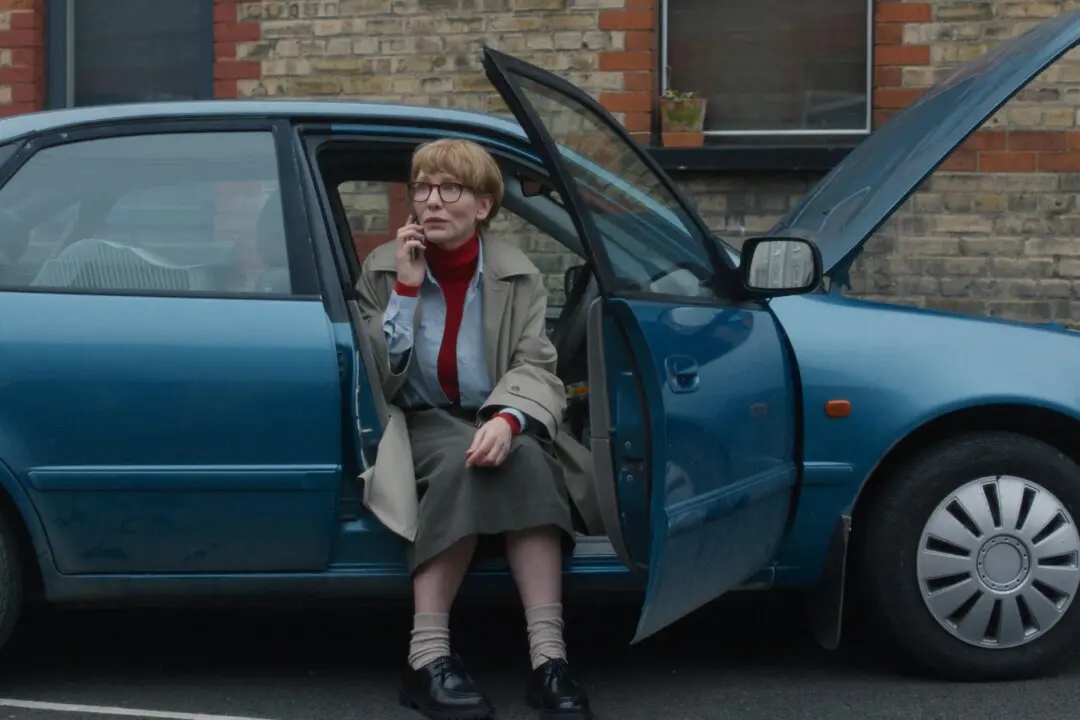Not long after the release of Frank Herbert’s novel “Dune” in 1965, film studios set their sights on making a movie out of it. Three attempts in the 1970s with directors Arthur Jacobs, Alejandro Jodorowsky, and Ridley Scott—for very different reasons—never got beyond the pre-production phase. In 1981, producer Dino De Laurentiis hired David Lynch to write and direct a version, which was released in 1984.

The landscapes in "Dune" can be breathtaking but dwarf the characters. Warner Bros.
|Updated:
Originally from the nation's capital, Michael Clark has provided film content to over 30 print and online media outlets. He co-founded the Atlanta Film Critics Circle in 2017 and is a weekly contributor to the Shannon Burke Show on FloridaManRadio.com. Since 1995, Clark has written over 5,000 movie reviews and film-related articles. He favors dark comedy, thrillers, and documentaries.
Author’s Selected Articles





